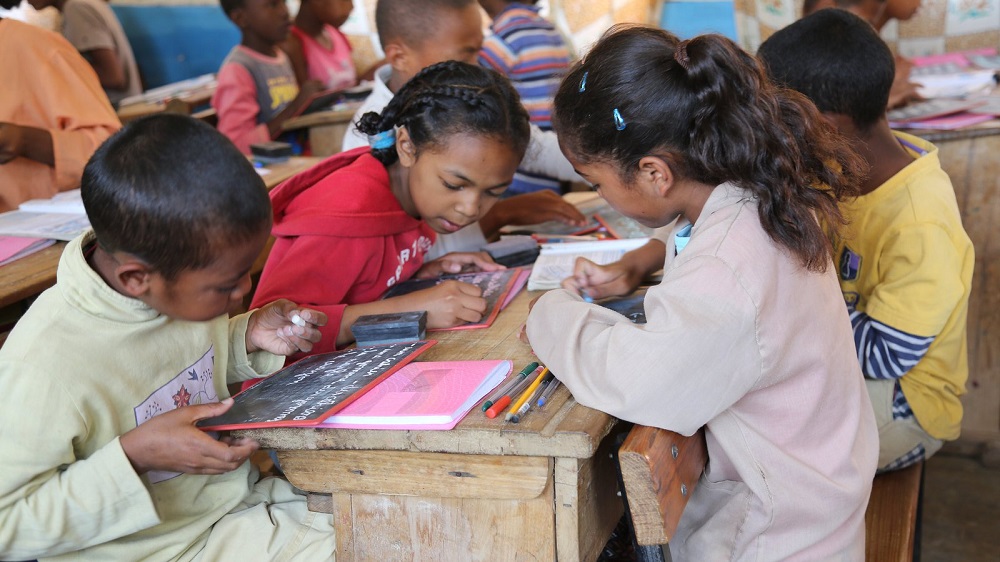Education is a cornerstone of personal growth and social mobility. The grip of poverty can hinder a child’s ability to access quality education and reach their full potential. The interplay between poverty and education creates a challenging environment for countless children. Thus perpetuating cycles of disadvantage.
In this blog post of Fikrah, we delve into how poverty affects a child’s education. Thereby revealing the barriers and consequences that require addressing.
How poverty affects a child’s education:
1. Limited Access to Resources
Children growing up in poverty often lack access to essential educational resources. Basic supplies like textbooks, stationery, and technology are either scarce or entirely out of reach. Thus hindering their ability to engage in the learning process.
2. Quality of Schooling
Poverty-stricken areas often have underfunded and overcrowded schools. With inadequate facilities and outdated materials. This compromised learning environment affects the quality of education. Thus limiting a child’s exposure to enriching experiences.
3. Health and Nutrition
Poverty is linked to insufficient healthcare and proper nutrition. Which directly impacts a child’s cognitive development and ability to focus in school. Health-related issues can lead to absenteeism and reduced learning capacity.
4. Family Stressors
Financial instability places enormous stress on families living in poverty. Unstable home environments, potential homelessness, and family tensions divert a child’s attention away from their studies. Thus affecting their academic performance.
5. Limited Extracurricular Activities
Extracurricular activities are essential for a well-rounded education. But, the financial constraints of poverty often prevent children from participating in sports, arts, or other enrichment programs. That fosters personal growth and social skills.
6. Dropout Rates and Long-term Consequences
The challenges posed by poverty can lead to higher dropout rates. Without a proper education, children face limited job prospects and reduced earning potential, continuing the cycle of poverty into adulthood.
7. Emotional and Psychological Impact
Children experiencing poverty might feel a sense of exclusion, low self-esteem, and hopelessness. These emotional burdens can hinder their ability to engage in learning and interact with peers and teachers.
Click here to know more about “Poverty and its effect on Children”
Conclusion:
The impact of poverty on a child’s education is complex and far-reaching. It encompasses limited access to resources, compromised schooling quality, health and nutritional challenges, family stressors, reduced participation in extracurricular activities, increased dropout rates, and emotional hardships. Addressing the educational inequalities caused by poverty requires comprehensive efforts.
From improving school infrastructure and access to resources to providing support systems that uplift children from disadvantaged backgrounds. Only by recognizing and addressing these barriers can society hope to break the cycle of poverty. Only then they can provide every child with a fair chance at a quality education and a brighter future.

